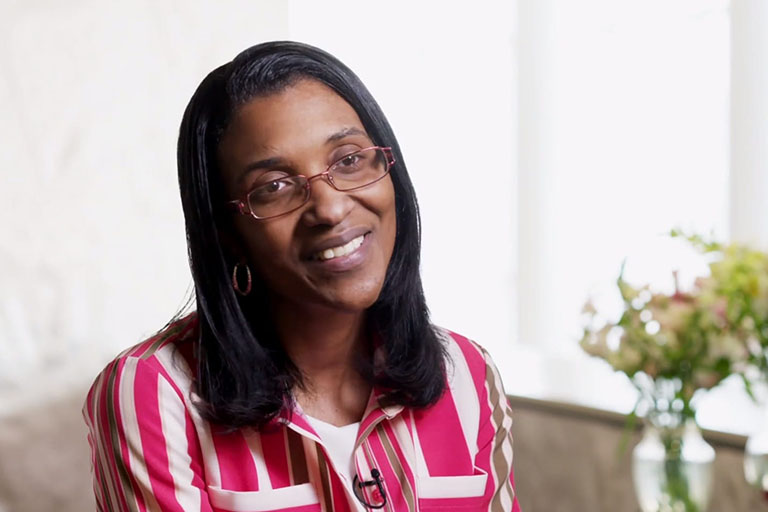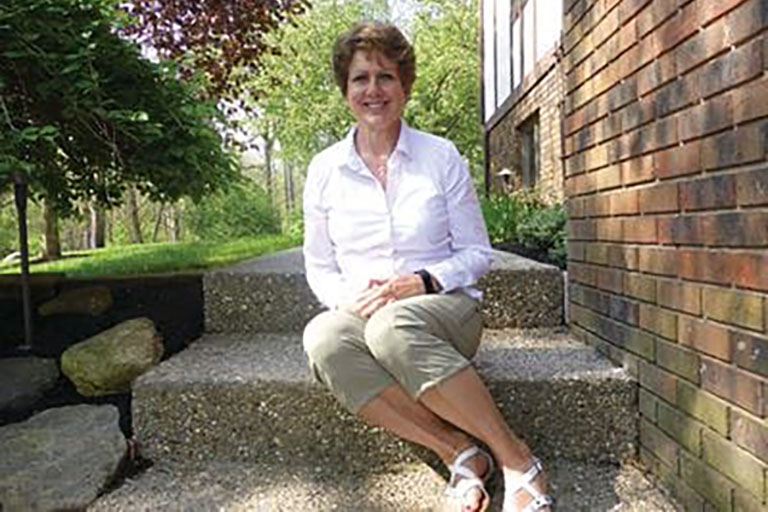4 things everyone should know about clinical trials
 Clinical trials are research studies in which people with either a high risk for cancer or diagnosis of the disease help physicians find ways to improve health and cancer care.
Clinical trials are research studies in which people with either a high risk for cancer or diagnosis of the disease help physicians find ways to improve health and cancer care.
What can clinical trials really do for cancer patients and researchers? Tim Lautenschlaeger, MD, associate director for clinical research at IUSCCC, shares a few facts that he thinks everyone should know.











